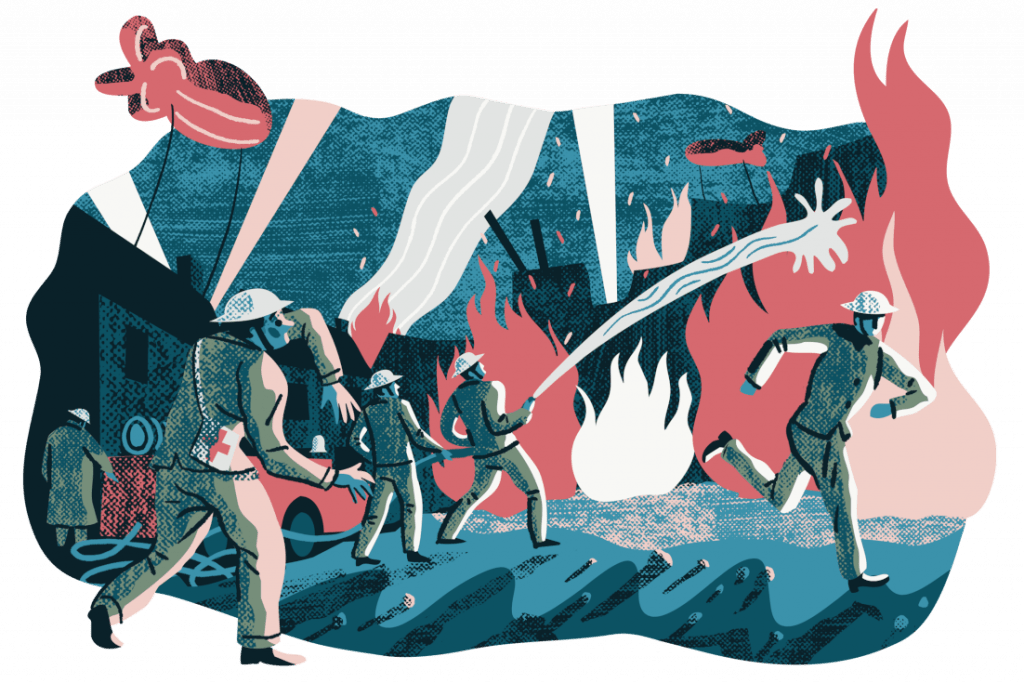During the war many women took on roles at home and abroad that were normally closed to them.
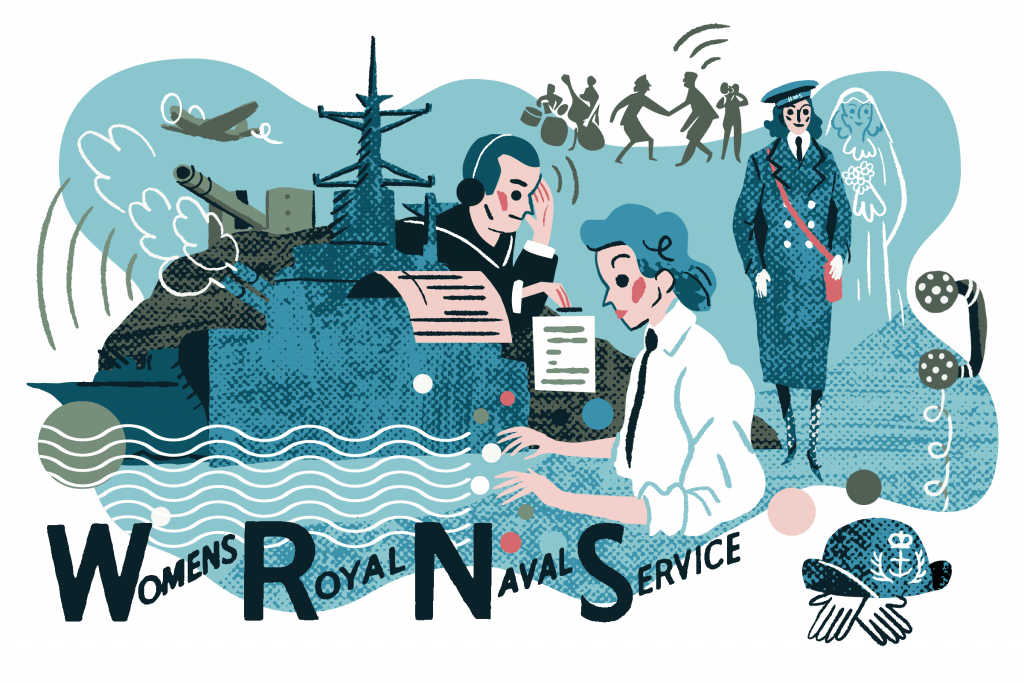
Of the 38,000 who volunteered for the armed forces from Northern Ireland, 7,000 were women.
Many more contributed by working on farms, in factories, and in other jobs left vacant by men who had joined the forces.
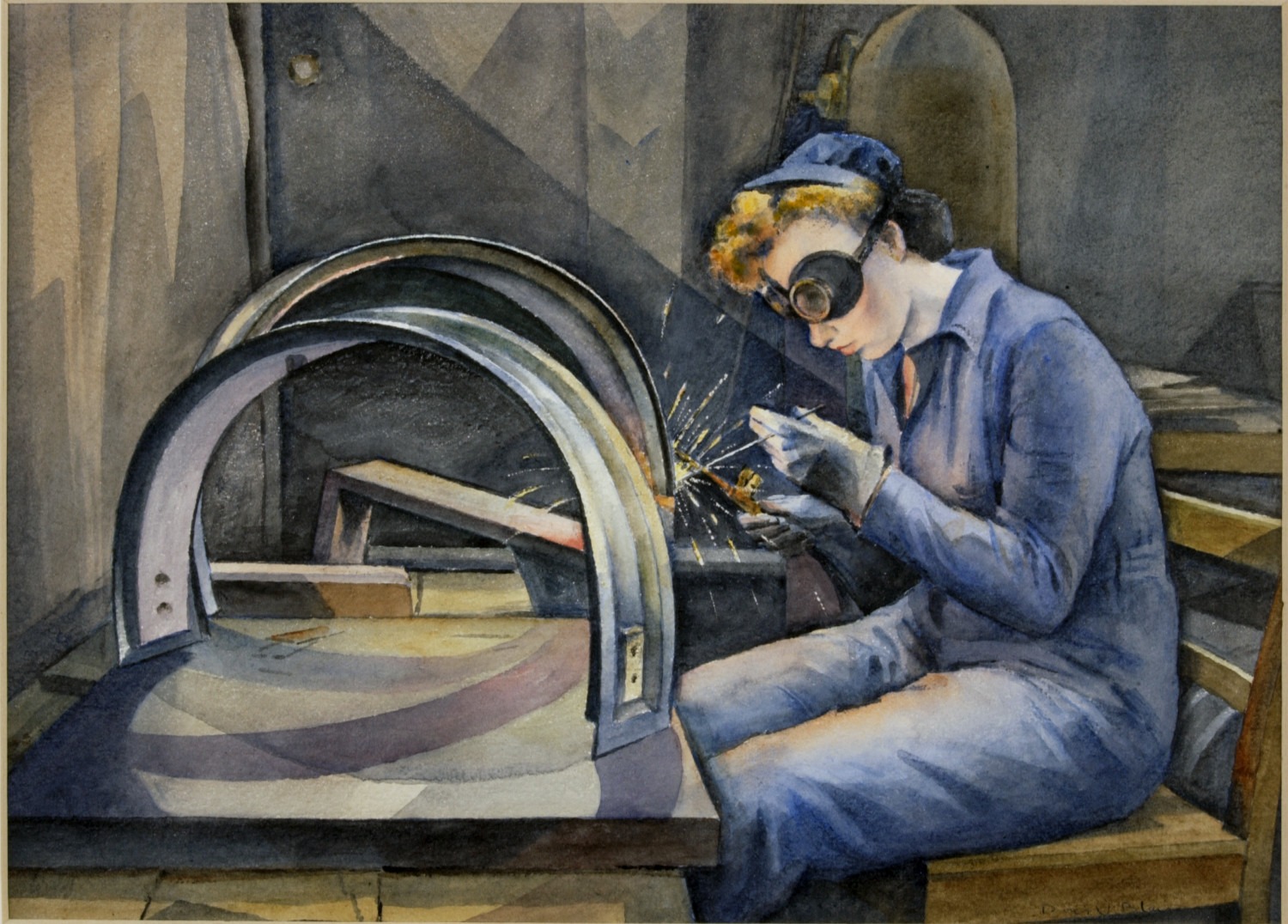
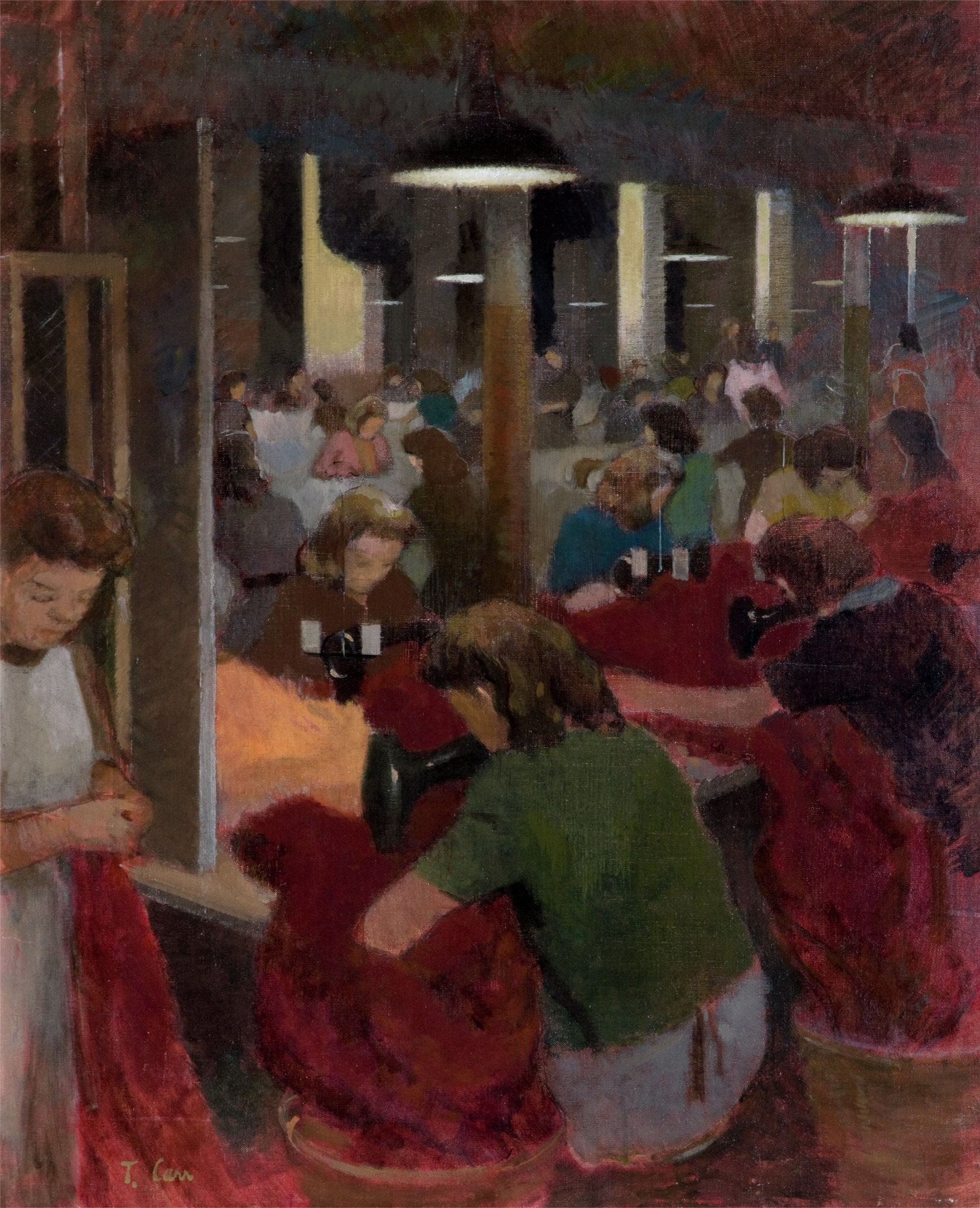
Oxy-acetylene Welder, Doris Violet Blair (© The Estate of D.V. Blair); Making Parachutes, Tom Carr
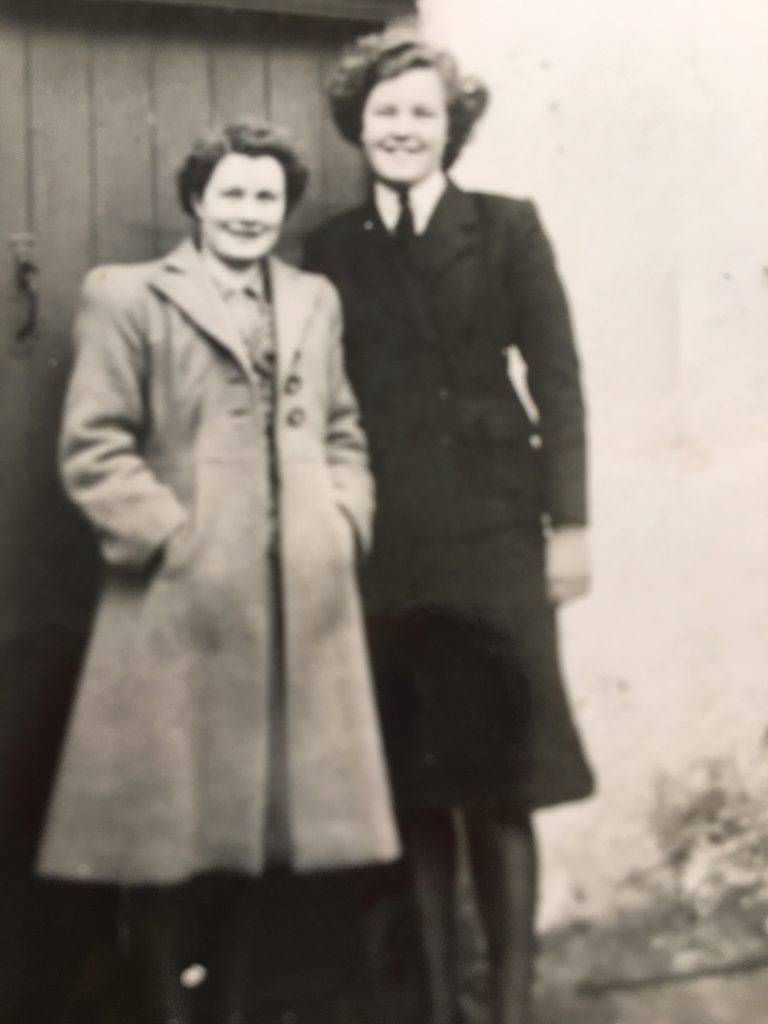
When Maureen Lightbody left school in 1943 to join the war effort, she pictured herself on a farm, wearing jodhpurs, a proud member of the Land Army.
But there was no formal Land Army in Northern Ireland, so she joined the Women’s Royal Naval Service – the Wrens.
Having learned Morse code in the Girl Guides, Maureen was recruited into the signal office, and worked at Grey Point and Orlock in Co. Down, checking ships entering Belfast Lough.
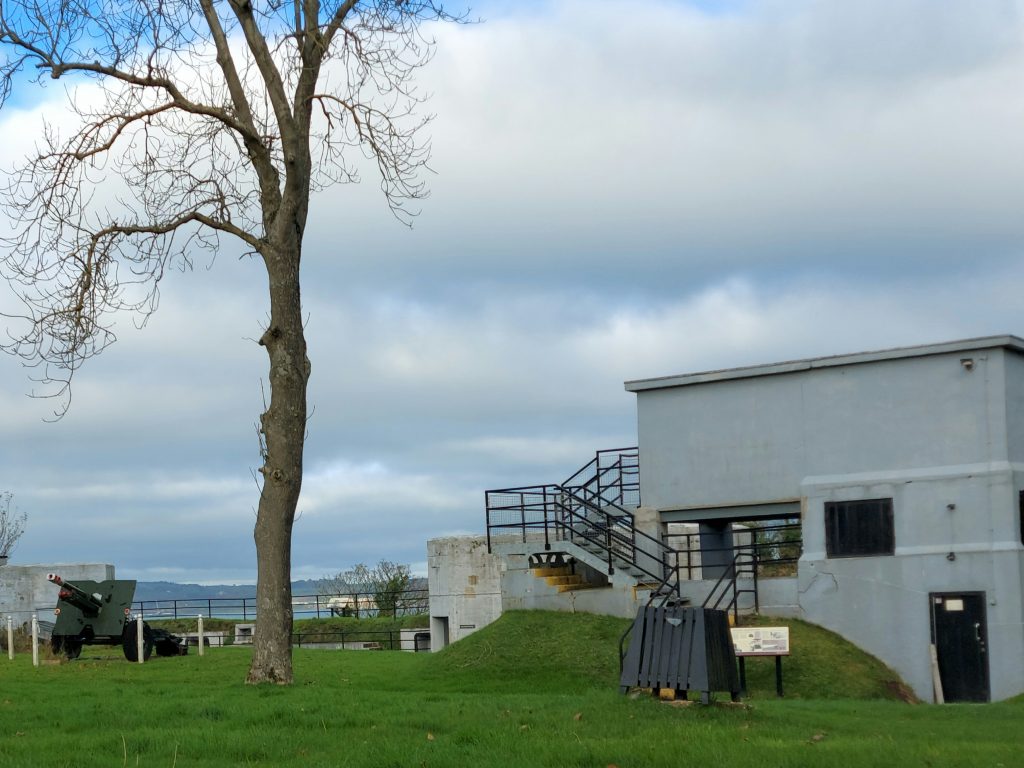
Grey Point Fort looking out over Belfast Lough today
Like Derry/Londonderry, which played a significant role in the Battle of the Atlantic, the port of Belfast was vital for repairing ships and enabling supplies to reach Britain.
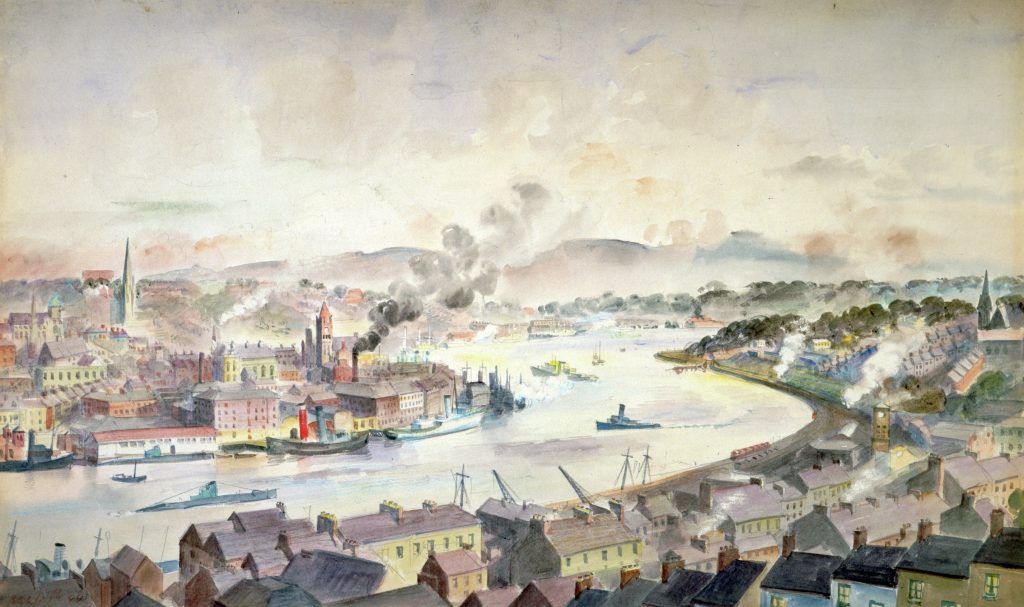
Londonderry Base, Roland Vivian Pitchforth
As well as producing war materials and food, Northern Ireland provided important land, sea and air bases.
The defeat of Hitler owed much to the Americans joining the Allied forces in December 1941. Thousands of Allied troops passed through the province, including 300,000 American GIs.
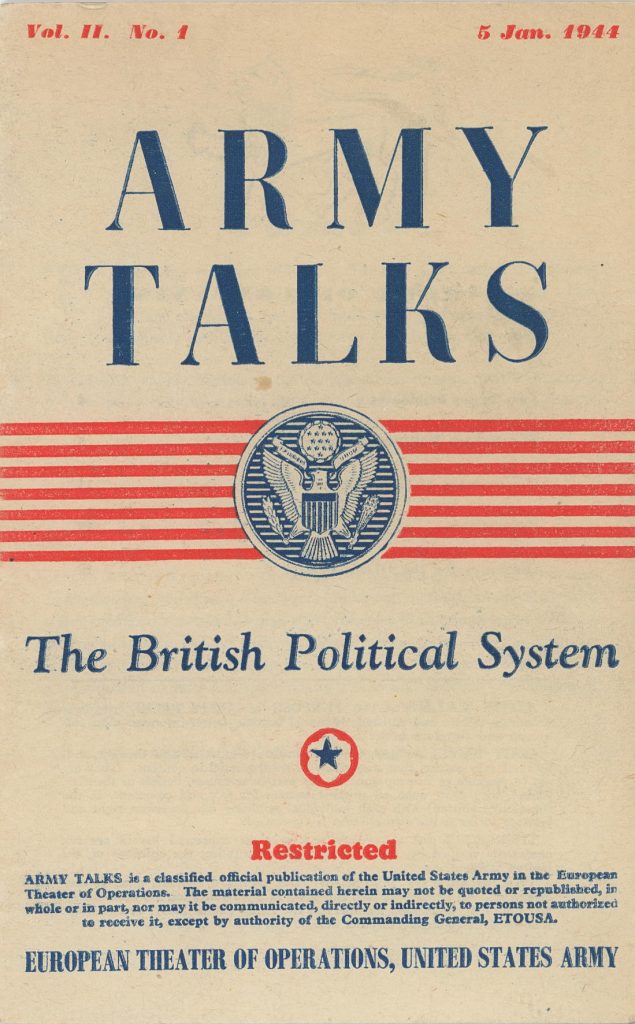
Despite cultural differences – explained in booklets like these for GIs and for local people – most people welcomed them.
In Bangor, Maureen enjoyed the dances and the jazzy music played by the American band along Main Street every afternoon.
At her work, the American Navy officers were friendly but sometimes over familiar. Maureen found herself using the jujitsu she’d been taught to keep her safe travelling to work alone at night.
Maureen’s story was recorded for the NIWM oral history archive.
With their stashes of chocolate and stockings, the GIs caused a stir and some locals exploited these well-off incomers.
In June 1944 Maureen saw the ships, including American battleships, massing in Belfast Lough in preparation for the D-Day landings.
‘You could have jumped from deck to deck across to Larne, to Whitehead, it was so thick with ships. I was on duty the night they left and I didn’t even know they were going. In the morning you woke up and saw the Lough with not a ship in it.’
The D-Day landings in Normandy led, after many hard-fought battles, and considerable destruction and loss of life, to the declaration of Victory in Europe (VE) in May 1945.
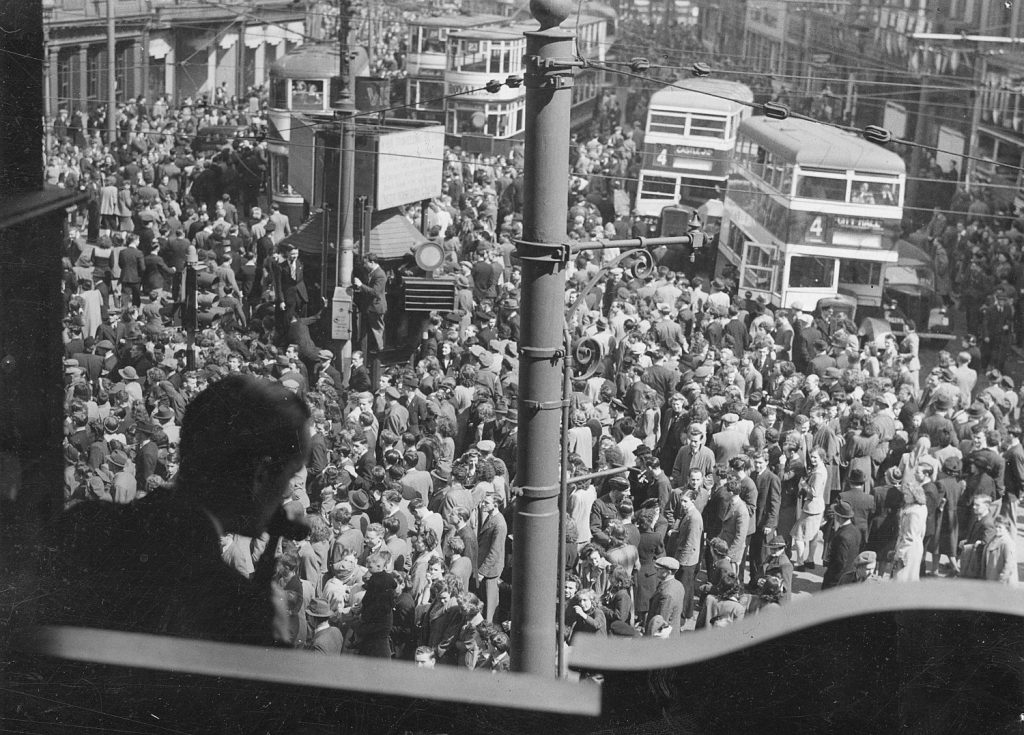
BBC commentator Lt. Commander Harry McMullan broadcasting from the Bank Buildings in Belfast on VE Day
Maureen took part in the official celebrations. She was chosen for the VE parade in Belfast because of her height – they wanted all the Wrens to be the same size.
Maureen could have gone on to be a regular Wren, but she chose instead to get married – to George who had taught her juijitsu.
Clothing was rationed and without clothing coupons, Maureen had to go to Dublin to buy material for her wedding dress.
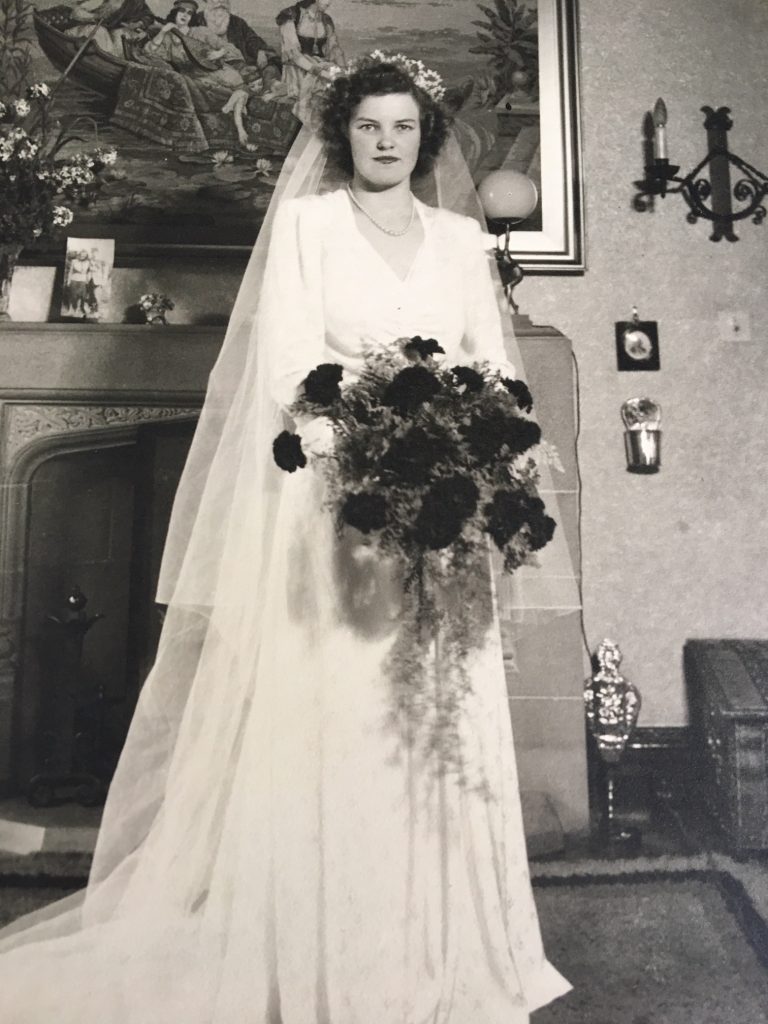
Not all women were happy to leave skilled jobs and return to traditional roles, but often they had little choice.
Edith Chambers, a WAAF, recalls her return to Larne after serving in North Africa and the Middle East.
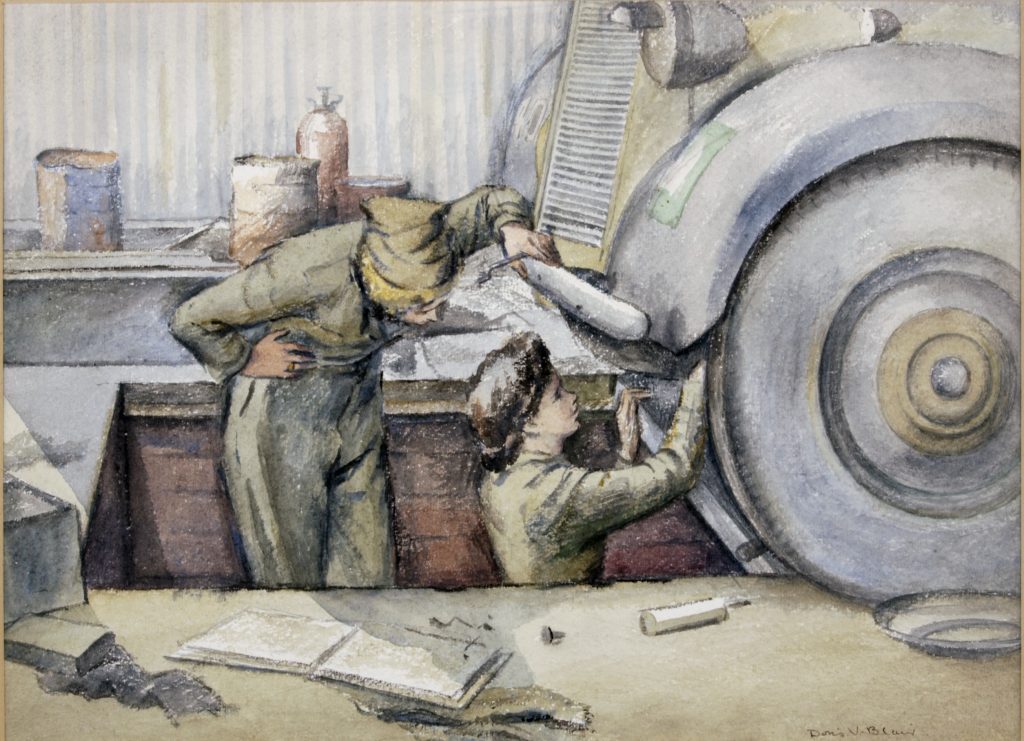
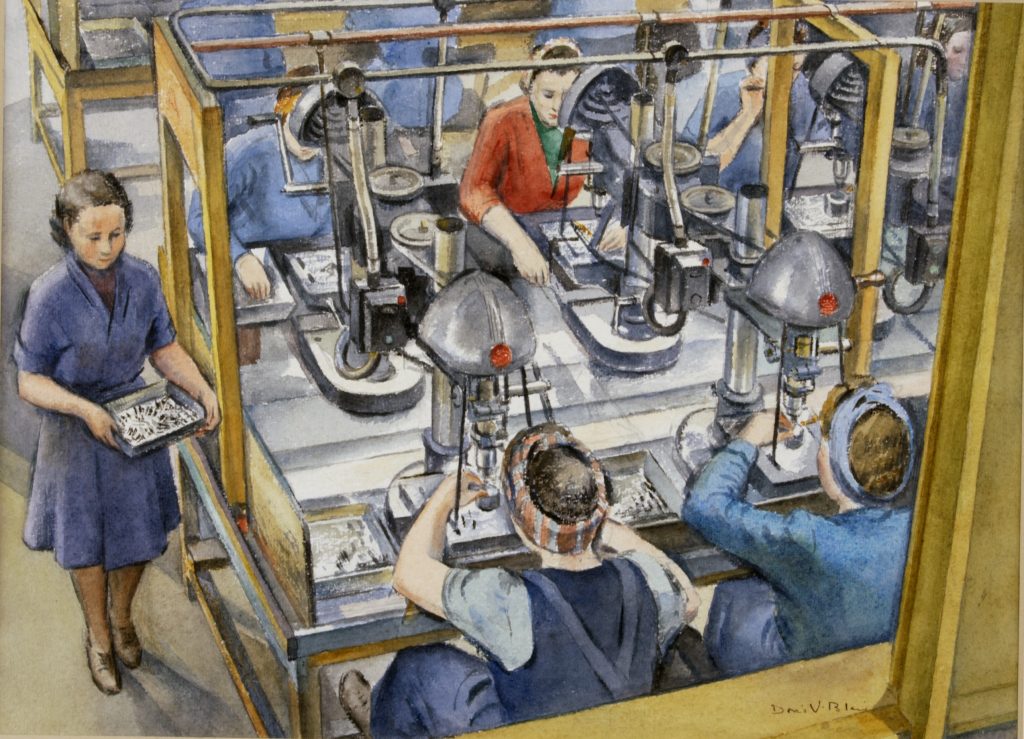
Platoon Vehicle Inspection and Manufacturing Small Arms Ammunition, Doris Blair (© The Estate of D.V. Blair)
